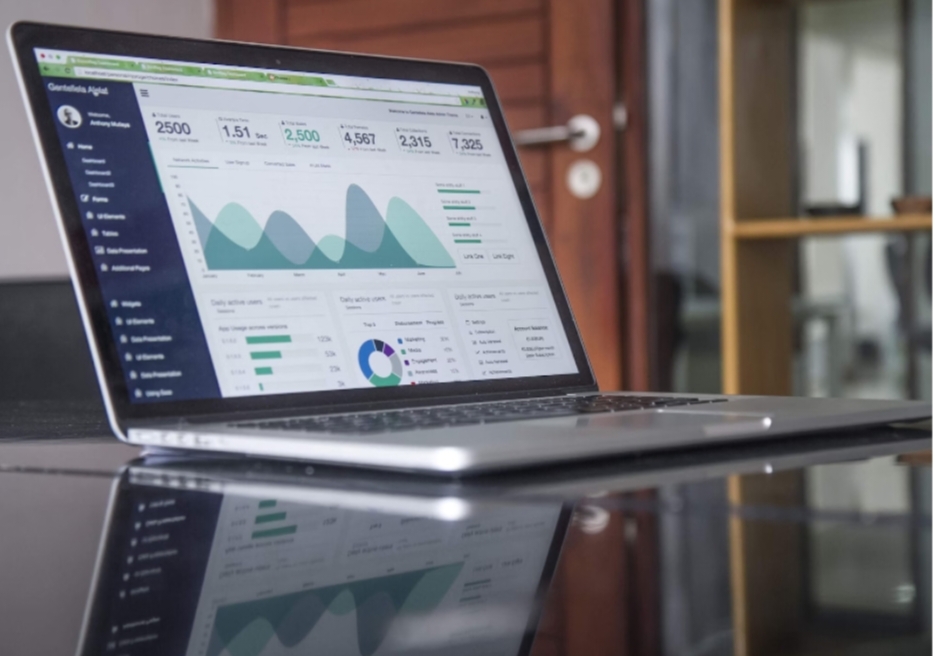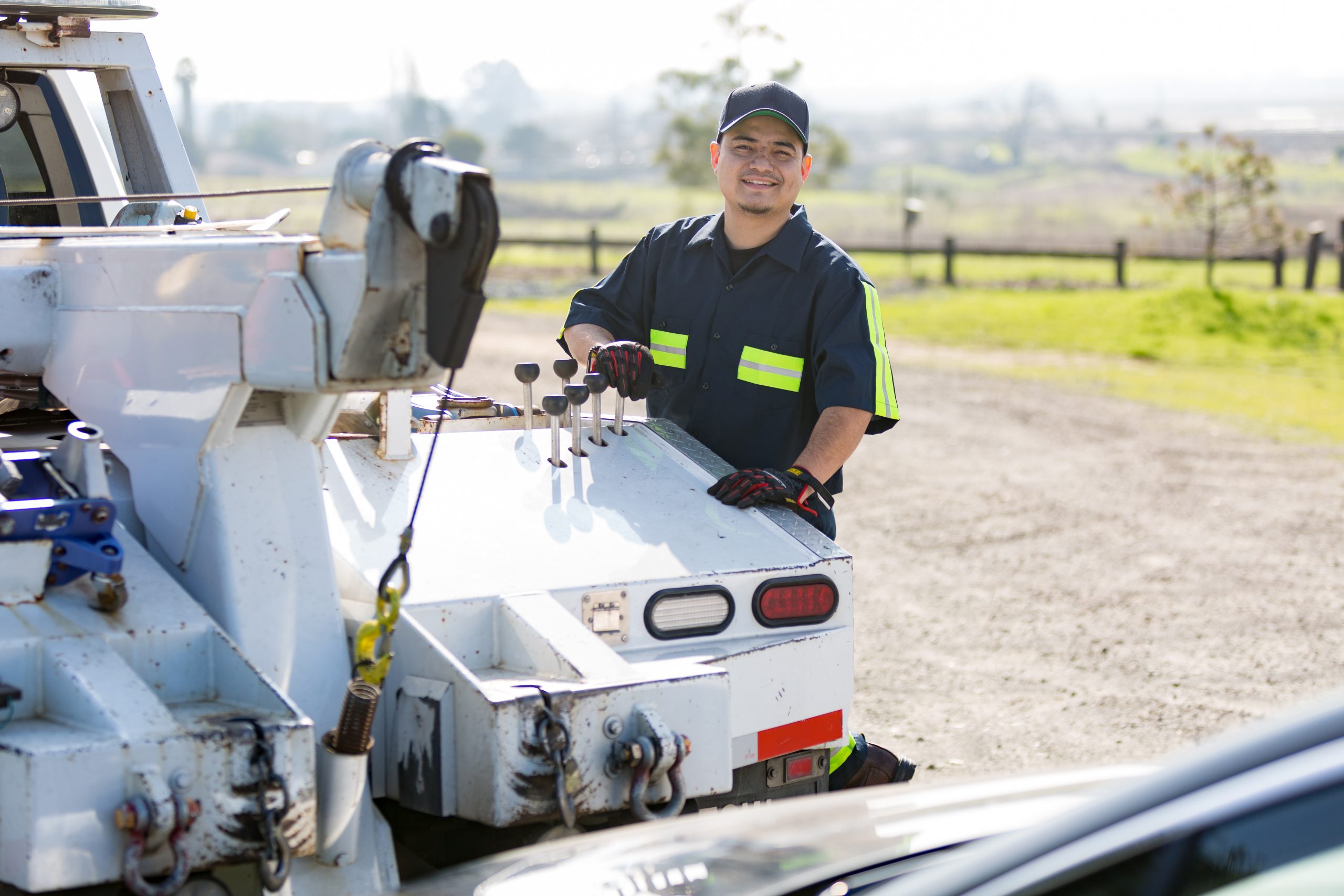The way we work has shifted, and so have the spaces we work in. Hybrid work is no longer an experiment; it’s the new normal shaping modern offices everywhere. Instead of rows of desks and fixed schedules, today’s offices are being redesigned for flexibility, collaboration, and balance.
Employees want spaces that support both focus and teamwork while giving them the freedom to choose where and how they work. In this guide, we’ll explore the key hybrid work trends transforming modern offices and what businesses can do to adapt to this evolving landscape.
Revolutionary Hybrid Work Trends Reshaping Workplace Dynamics
Four game-changing trends are completely rewriting the playbook for how you think about your workspace. These aren’t just minor adjustments, they’re seismic shifts that are fundamentally altering what it means to “go to work.”
The numbers don’t lie: over 70% of employees consider flexible work a key factor in job selection. This isn’t a nice-to-have anymore. It’s become as essential as competitive salary and benefits.
AI-Powered Space Optimization and Smart Office Integration
Walk into a modern office today, and you’ll encounter something that feels almost magical. Sensors embedded throughout the space are constantly learning, tracking which areas buzz with activity and which sit empty, automatically dimming lights when rooms clear out, and adjusting temperature before you even realize you’re uncomfortable.
The real breakthrough? AI-driven booking systems that don’t just show you what’s available, they actually predict what you’ll need. Looking for a quiet corner to tackle that quarterly report? The system already knows which spots offer the best combination of privacy and minimal interruptions based on historical patterns.
It’s like having a workspace assistant who never sleeps and knows your preferences better than you do.
Biophilic Design Elements Enhancing Employee Wellbeing
Remember the sterile, fluorescent-lit offices of the past? They’re becoming extinct, and for good reason. Today’s forward-thinking companies are bringing the outdoors inside through living walls, floor-to-ceiling windows, and even small indoor forests.
This isn’t just about aesthetics, though admittedly, these spaces look incredible on your LinkedIn posts. Research consistently demonstrates that employees surrounded by natural elements report dramatically higher job satisfaction and significantly lower stress levels.
Companies are investing in everything from cascading water features to rooftop gardens. The goal? Creating environments that feel more like wellness retreats than traditional workplaces.
Multi-Generational Workspace Preferences and Adaptations
Here’s where things get interesting. Your Baby Boomer colleagues often thrive in private offices with clearly defined boundaries, while your Gen Z team members gravitate toward open, collaborative spaces with flexible seating that changes throughout the day.
Smart companies aren’t picking sides; they’re creating spaces that morph to meet different generational needs. Modular walls that can create instant privacy. Furniture that transforms collaborative areas into individual work zones in minutes.
By incorporating comprehensive virtual office space solutions, forward-thinking organizations discover they can support this incredible diversity of working styles while maintaining the flexibility that’s become non-negotiable for today’s workforce.
Sustainability-Driven Office Transformations
Environmental consciousness has shifted from a nice talking point to a business imperative. Your employees, especially younger ones, view your sustainability practices as a direct reflection of your company’s values and priorities.
LEED certifications have become table stakes rather than differentiators. Companies are realizing that green practices often slash operational costs while attracting the environmentally conscious talent that drives innovation.
Modern Office Design Strategies for Seamless Hybrid Integration
Understanding these trends is one thing. Actually implementing them? That’s where most companies stumble. Modern office design has evolved from creating spaces people occupy daily to designing environments that serve specific, strategic purposes. You’re no longer just providing desks, you’re curating experiences.
Activity-Based Working Zones and Flexible Configurations
Today’s most successful offices feature distinct neighborhoods designed for different types of work. Quiet zones where your introverted team members can dive deep into complex projects. Energetic collaboration areas where brainstorming sessions can get as loud and creative as needed.
The magic happens in the transition zones, areas that can shift from individual focus spaces to team collaboration areas using modular furniture and movable barriers. When your marketing team needs to spread out for a week-long campaign planning session, the space adapts instantly.
Technology Infrastructure Supporting Remote Work Strategies
Your in-office experience needs to match or exceed what people have created in their home offices. That means robust Wi-Fi that doesn’t hiccup during video calls, wireless charging built into every surface, and multiple monitor setups that make single-screen work feel primitive.
Video conferencing has evolved far beyond basic screen sharing. Modern systems use AI to automatically frame participants, cancel background noise, and ensure remote team members feel equally present in meetings.
Consider this: 68% of tech professionals are working remotely. These professionals are setting the standard that other industries must match to remain competitive for top talent.
Acoustic Design Solutions for Enhanced Focus and Collaboration
Sound management has become absolutely critical in open office environments where multiple activities happen simultaneously. Strategic placement of acoustic panels, carefully calibrated white noise systems, and thoughtful space planning create appropriate audio environments for different work types.
Phone booths and quiet pods provide enclosed spaces for confidential calls without disrupting nearby colleagues. These solutions address the biggest complaint about open offices while preserving the collaborative benefits that make them valuable.
Modular Furniture Systems Enabling Rapid Space Reconfiguration
Static office setups are becoming relics. Modern furniture rolls, stacks, and reconfigures to match changing daily needs. Magnetic wall systems allow teams to create temporary collaboration spaces or expand meeting areas without calling facilities management.
This flexibility supports hybrid work’s dynamic nature, where space requirements fluctuate based on who’s in the office and what projects are active.
Essential Flexible Workspace Features Driving Productivity
Beyond strategic design, successful hybrid integration depends on specific features that directly enhance productivity and satisfaction.
Flexible workspace design encompasses both physical arrangements and digital systems that support seamless transitions between remote and in-office work. You need environments where productivity thrives regardless of location.
Hot-Desking Platforms with Advanced Booking Systems
Desk reservation systems have evolved from simple booking tools into intelligent platforms that learn your preferences and suggest optimal seating arrangements. These systems consider proximity to teammates, equipment needs, and personal workspace preferences.
Advanced platforms integrate with your calendar to automatically reserve spaces based on scheduled meetings and project requirements. They’ll even suggest alternatives when your preferred spot isn’t available.
Collaborative Technology Hubs and Innovation Labs
Specialized spaces equipped with cutting-edge technology support innovation and creative collaboration that simply isn’t possible at home. Interactive displays, virtual reality equipment, and advanced prototyping tools create compelling reasons to make the commute.
These innovation labs serve as magnets that draw remote workers into the office for specific activities that benefit from high-tech environments.
Wellness-Focused Amenities and Stress-Reduction Spaces
Mental health support has become essential in successful flexible workspace design. Meditation rooms, fitness areas, and relaxation zones help employees manage stress and maintain healthy boundaries between work and personal life.
These spaces acknowledge that hybrid work can blur the lines between professional and personal time. By providing dedicated areas for restoration, you demonstrate a genuine commitment to employee wellbeing.
Integration of virtual office space platforms is helping distributed teams bridge the physical-digital divide. These digital environments provide shared spaces where remote and in-office staff can interact naturally through persistent virtual spaces, avatar-based interactions, and spatial audio that simulates physical presence.
Team members can virtually “walk over” to colleagues’ desks for informal conversations or gather in virtual meeting rooms that feel more natural than traditional video calls. This technology preserves the spontaneous interactions that drive innovation and strengthen team bonds.
Advanced Remote Work Strategies Complementing Physical Offices
Hybrid work is redefining the purpose of the office. No longer just a place to sit and work, the modern office is becoming a hub for connection, creativity, and collaboration. By embracing trends like flexible layouts, tech-enabled spaces, and employee-first design, companies can create environments that truly support hybrid work.
The evolution of the office isn’t about less value, it’s about smarter value. Businesses that adapt will not only meet employee needs but also unlock stronger engagement and long-term success.
FAQs on Hybrid Work Trends
1. What are the key hybrid work trends shaping modern offices?
Trends include flexible schedules, hot-desking, smart office technology, collaboration zones, and a focus on employee well-being through wellness rooms and biophilic design.
2. How are companies redesigning office spaces for hybrid work?
Offices are shifting from individual desk-heavy layouts to more open, collaborative spaces. Many now feature shared workstations, meeting pods, and technology-driven setups to support both in-person and remote collaboration.
3. Why is hybrid work influencing company culture and productivity?
Hybrid work balances flexibility with collaboration. It allows employees to work remotely for focus tasks while using the office for connection and teamwork, leading to higher engagement, reduced burnout, and stronger company culture.



